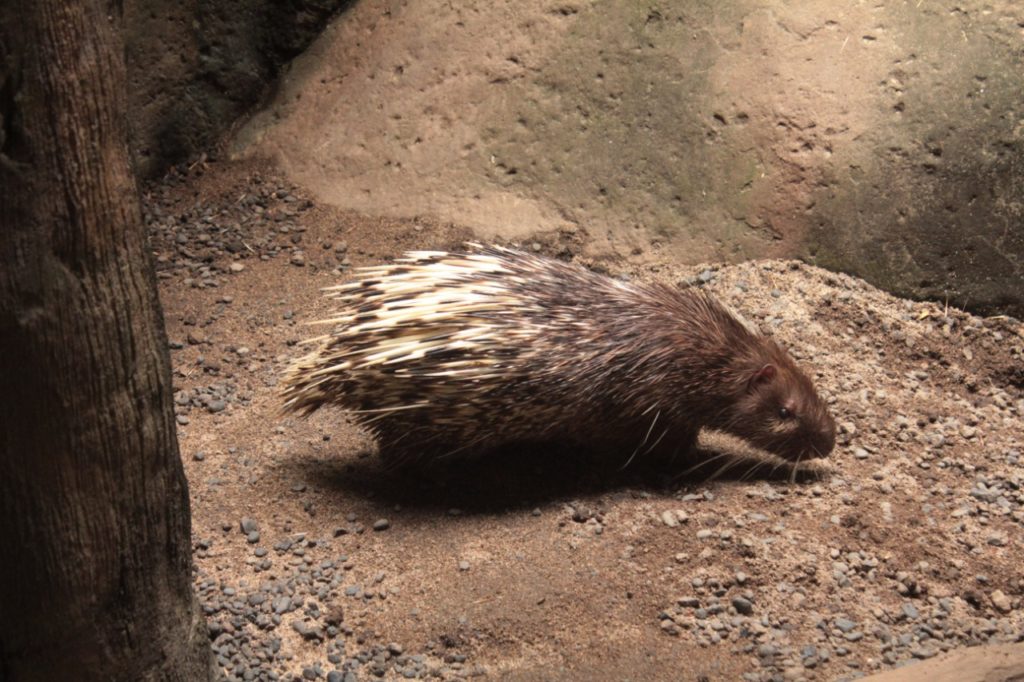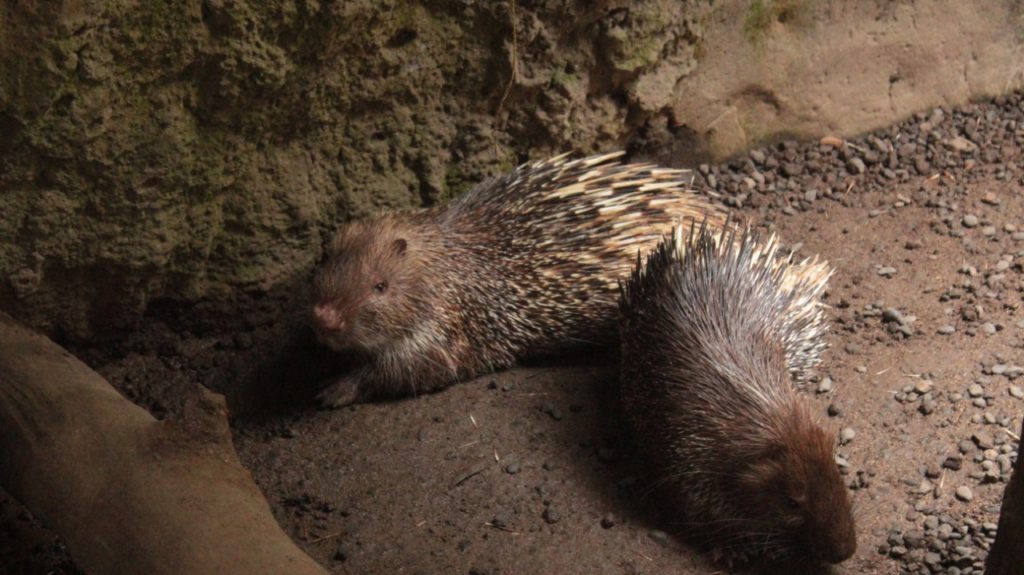The Disney lovers will definitely be familiar with one of the legendary Disney film titled “Bambi II”. At a a glance, this film shows an antagonist named Mr. Porcupine which is actually the Porcupine itself.
Have a dangerous pointed quills on their bodies, they are animal that commonly found in various parts of the world. Described as an aggressive and grumpy character in the movie, are you curious with one of the most common types, the Malayan Porcupine?
The Malayan Porcupine Origin

Habitat
Found in almost entire Asian continents, The Malayan Porcupine (Hystrix brachyura) is one type of porcupine that endemic to Nepal, India, Malaysia, Singapore and Sumatera. They live in various types of forests habitats such as open areas near forest and agricultural areas. This animal can live up to 27 years and can be easily found in a small group.
Characteristics
Being a large rodent animal with a white or yellow stripe, their body is covered in sharp and stiff quills. Even so, they don’t have the primary quills when they born.
The moment they born, they only have soft quills that protect the mom during the birthing process. After a few days, the quills harden with keratin, which gives them their sharpness. The baby porcupines are relatively mature and mobile immediately following birth.
The head and body size of this animal can grow about 63-72 cm and has a tail about 6 cm long, while the weight is only 1-3 kg.

Interesting Facts
When this animal is shaking its body, some quills on the porcupine’s body will fall. These fallen quills then collected and used as a decoration by many tribes in Africa and are believed to bring good luck.
Hatch about 1-2 eggs, more fact is that the Malayan porcupine has a gestation period of 110 days and one time giving birth.
IUCN Status
According to IUCN Red List, the Malayan Porcupine included in the Least Concern status. However, this animal’s population can be threatened and decreased due to hunting, loss of natural habitat due to human settlement and infrastructure development in their original habitat.
In conservation place such as Bali Safari Park, you can witness this animal with your own eyes up close. Get the ticket immediately on our website!






